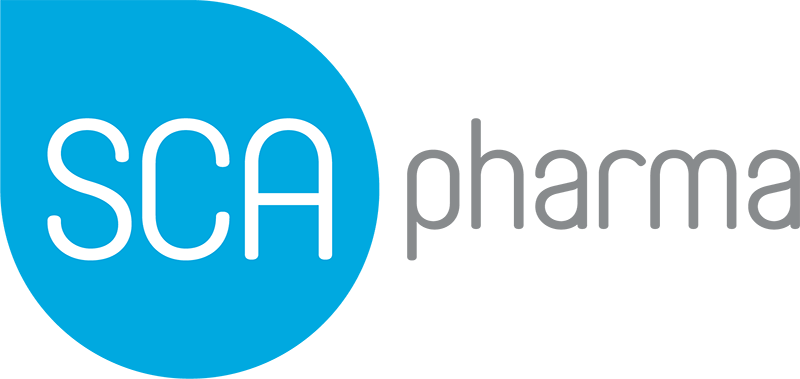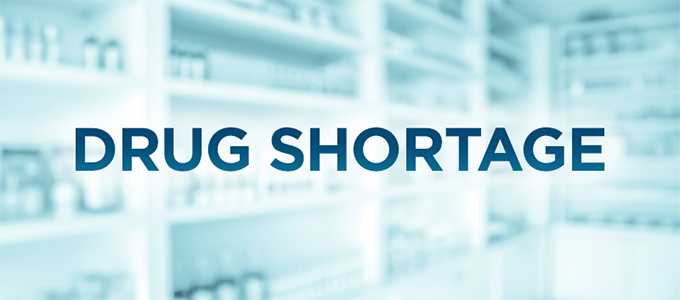Compounding in pharmacies is an important alternative for patients who require medication that is not commercially available. Compounding has become a vital need in healthcare with the state of drug shortages affecting hospitals and patients. The need for compounded medications is essential for patient care in the US healthcare system. Most hospital pharmacies depend on outsourcing some of their compounding drug needs to 503B and 503A facilities for certain medications. Some healthcare systems purchase most of their compound needs from secondary compounding sources, while others choose to compound internally.
Why are there shortages?
As of October 2018, there are over 100 drugs listed on the FDA drug shortage list. In recent months, the increase in critical care drugs such as pain management medications has stalled on the drug shortage list. There is a critical need for these drugs in hospitals, and patients are suffering limiting their treatment options. As an example, you have a new mother that just gave birth and needs to bottle-feed. Imagine if there was a shortage in baby formula in hospitals. Are the nurses and doctor going to tell that new mother, she can’t feed her baby? It is the same disbelief with the drug shortage crisis. Healthcare experts are shaking their heads at the major pharmaceutical manufacturers, in desperation for an answer.
With the merger of major pharmaceutical companies, factory consolidation has increased the risk of drug shortages. Manufacturing problems such as delays, or quality issues can cause drug production delays. This problem is adding to the drug shortage list and leaving doctors and hospital pharmacists scrambling for alternatives. Imagine if Google decided to take a vacation, and just shut down their site for a week? Businesses would fail, and it would affect the economy greatly. Like the world needing Google, patients need medicine and the FDA is coming down hard on some of these major pharma companies to try and assert the tragedy of drug shortage.
How is the FDA involved?
FDA doesn’t let these issues go. Warning letters are issued because not only should manufacturing with pharmaceutical companies be seamless; people’s lives are at stake. With any 483 or warning letter that highlights manufacturing issues, there are many steps that follow to identify and rectify the problem. The manufacturing facility needs to do a test run with product being made and prove that it’s deemed safe by the FDA. It becomes cumbersome, and the FDA has the patient’s best interest at stake as they investigate the process.
Other factors in the industry such as natural disasters can hinder drug manufacturing. As an example, Hurricane Maria in Puerto Rico points out the need for change in the manufacturing of drugs and how we can deliver options to the healthcare industry. With the hurricane, large manufacturing pharmaceutical facilities in Puerto Rico were wiped out causing a shortage of IV bags on the island and in the States. After the hurricane, the list of drug shortages shot up at a frightening rate.
What Can Be Done? Compliance and training
For pharmaceutical manufacturing facilities, it is vital to be compliant with USP <797> regulations and offer an extensive training program for current employees and new hires, so they are educated on cGMP practices and available resources.
Partner with a Reputable and Trusted Outsourcing Facility
Transparency is essential in the pharmaceutical industry, especially for 503B compound facilities. As hospitals struggle to meet the demands of drug shortages for patients, hospital pharmacists are looking to outsource to remedy this epidemic hitting patients. The trend for more demand from outsourcing compound facilities is changing the scope of the industry. Check back to this site frequently for the latest news and updates from SCA Pharma.





